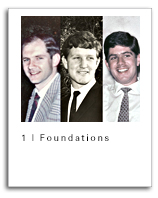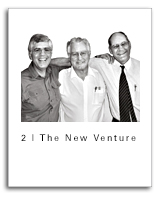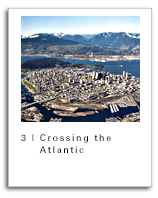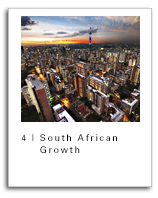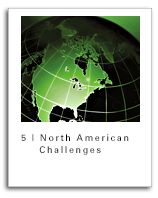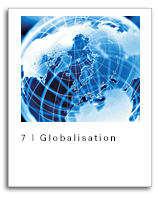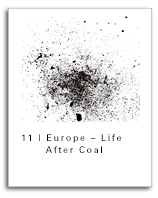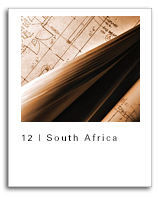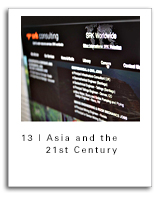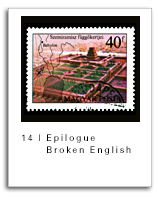-
Serviços
Serviços
- Núcleo
- Exploração Mineral
- Avaliação de Projetos de Mineração
- Meio Ambiente e Responsabilidade Social
- Geologia e Recursos
- Engenharia de Minas
Exploração Mineral
Avaliação de Projetos de Mineração
Meio Ambiente e Responsabilidade Social
- Química de Drenagem de Minas
- Remediação de Solo e Águas Subterrâneas
- Avaliação de Impacto Ambiental e Social
- Contabilidade de carbono
- Consulta de Partes Interessadas e Envolvimento Público
- Planejamento de Gestão Ambiental e Social Relacionadas à Mineração
- Eletrificação do transporte a céu aberto
- Mudança Climática
- Reassentamento e Restauração de Meios de Subsistência
- Licenciamento Ambiental
- Segurança de Instalações Nucleares
Geologia e Recursos
Engenharia de Minas
- Projeto, Planejamento e Engenharia de Minas a Céu Aberto
- Projeto, Planejamento e Engenharia de Minas Subterrâneas
- Geologia de Mineração para Planejamento e Otimização
- Economia e Finanças de Mineração
- Assistência para Operação de Mineração
- Eletrificação do transporte a céu aberto
- Simulação de Minas
- Mineração em Cavernas
- Ventilação de Minas
Gestão de Águas
Geotecnia de Mineração
Fechamento de Mina
Gestão de Resíduos de Minas
Metalurgia Extrativa e Processamento Mineral
Engenharia Civil e Estrutural
Geologia Estrutural
Estimativa de Recursos Minerais
Assistência Operacional do Local da Mina
Ventilação de Minas
Águas Subterrâneas
Águas de Superfície
Águas de Mina
Qualidade e Tratamento de Águas
- Consultores
- Projetos
- Produtos
-
Centro de Conhecimento
- Notícias e Eventos


